Free Tropical Runtz seeds on orders over $150!
Cannabis heat stress is a real problem for growers and can happen pretty easily and to varying degrees.
Cannabis heat stress is your plant’s cry for help before it dies from the high temperatures in your grow room. But this answer isn’t going to get you any points on the science exam. So, cannabis heat stress suggests that your cannabis plants are losing their capacity to self-regulate internal homeostasis – or “balance” – processes that aid in cooling. In other words, cannabis heat stress occurs when cannabis plants experience extreme temperatures above and below their tolerance levels.
Cannabis is a tough and resilient plant, with many earliest landrace cultivars tailored to survive in harsh environments like the Hindu Kush mountain range. Despite its adaptability, this plant species can only withstand a certain quantity of heat before its biological systems fail. Heat stress on cannabis plants in the flowering cannabis phase may not stress it in the vegetative stage; therefore, it is essential to comprehend what cannabis heat stress looks like so that you can ‘tuck it in the bud’ before it ‘does a handful’ on your plants.
Additionally, based on the phase and the cause of the heat stress cannabis plants, the signs of cannabis heat stress manifest differently. Heat stress cannabis symptoms primarily affect leaves near the top of the canopy and around the plant’s perimeter—areas in the line of fire.
Heat stress during the vegetative stage – If you notice the symptoms during the vegetative stage of cannabis, you can be sure that heat stress cannabis is to blame. Letting the tops of your plants grow too close to a strong light source could cause this in indoor grows. It could be the outcome of a fierce heatwave or a scorching and dry climate outside.
Heat stress during flowering stage – During the flowering period, heat stress on cannabis plants reveals diversely. New buds can sometimes start to flare up from the tops of older ones, much to the surprise of many producers. This can result in a cannabis plant heat stress foxtailing, a pillar of tiny buds and sugar leaves. Heat stress foxtailing is the second leading (and arguably more common) cause of stress in your cannabis plants. This is a plant-initiated survival mechanism in which the plant tries to form new buds competent in reproducing and generating seeds. This is the opposite of heat stress in buds.
Heat stress cannabis could be to blame if your plants reveal indications of stress. Plants, like humans, can become irritated and stressed when they are exposed to excessive heat.
Growing cannabis indoors necessitates installing effective equipment to maintain a stable temperature. The effective tips to cool your grow room are configuring appropriate exhausts and air conditioning. You eliminate heated air from around the plants by enhancing circulation, allowing it to vent out successfully as fresh air enters the space. HID lighting, which generates a lot of heat, is common among indoor growers. Although this is advantageous in colder climates, HID lights can still trigger bud plant heat stress issues if positioned too close to crops. Indoor heat stress can be avoided or alleviated by enhancing your grow space.
Controlling cannabis heat stress may be more difficult if you are growing outdoors, but you can still do a lot to assist your plants along the way. Outdoor cannabis plants may experience long periods of direct sunlight. This results in extreme heat waves that can last for days. Whatever your zone and weather, you should plan ahead to ensure that plants are prepared for prolonged periods of heat. Below are a few recommendations for protecting your outdoor crop.
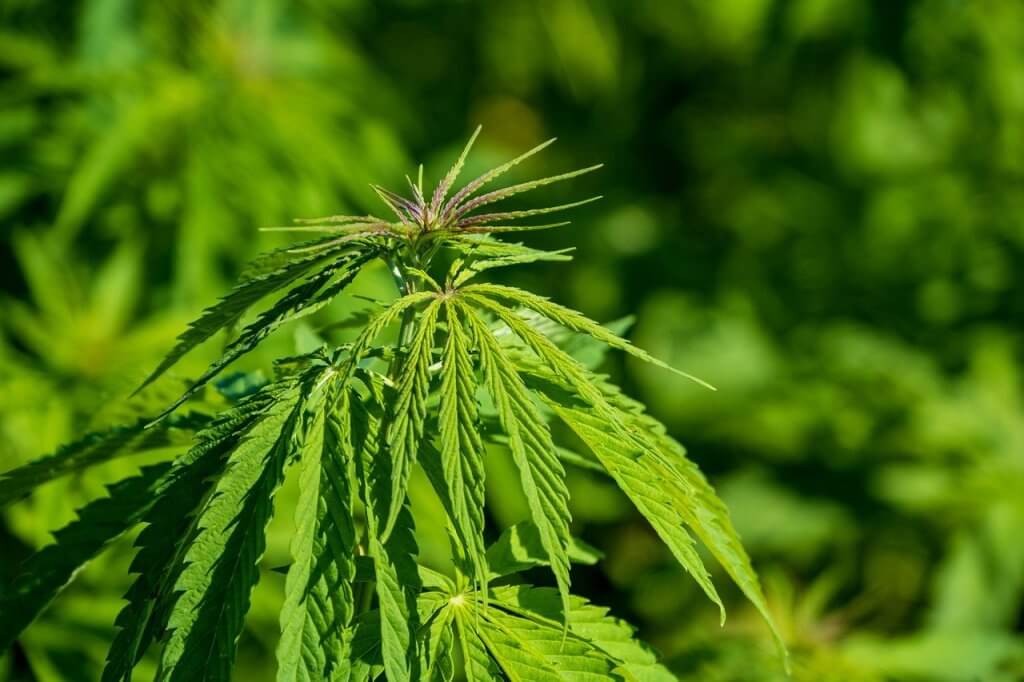
Heat stress on cannabis plants is easily avoided if the basic growing standards are fulfilled. Setting up the proper space before you begin can save you a lot of headaches later on, so spend some time discovering the ideal environment for your cannabis plants. If you are concerned about your grow area becoming too hot, plan ahead of time, and you will be fine.
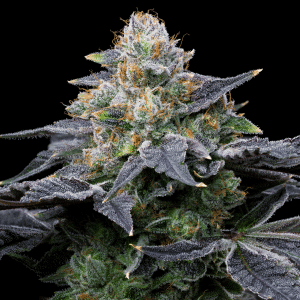
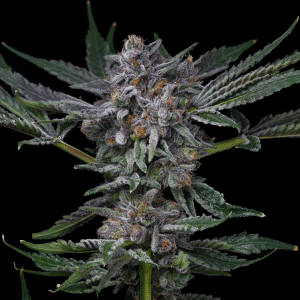
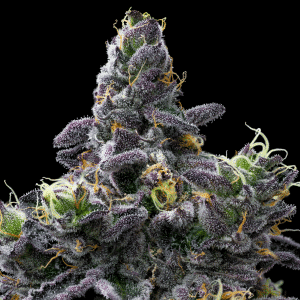
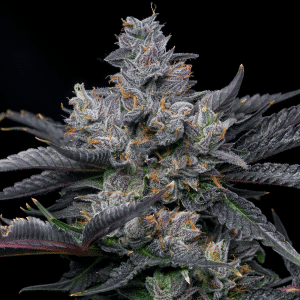

Offers
This product is not for use by or sale to persons under the age of 18. This product should be used only as directed on the label. It should not be used if you are pregnant or nursing. Consult with a physician before use if you have a serious medical condition or use prescription medications. A doctor’s advice should be sought before using any hemp products. All trademarks and copyrights are property of their respective owners and not affiliated with nor do they endorse this product. These statements have not been evaluated by the FDA. This product is not intended to diagnose, treat, cure or prevent any disease. By using this site you agree to follow the Privacy Policy and all Terms & Conditions printed on this site. All products contain less than 0.3% Cannabinoid-compliant with applicable Federal Laws. Please make yourself aware of any and all applicable laws regarding hemp in your jurisdiction. Premium Cultivars accepts no liability or responsibility regarding germination laws in any specific locale state or national jurisdictions.THCA products are not available for shipment to the following states: Hawaii, Idaho, Minnesota, Oregon, Rhode Island, Utah, Vermont *Note: Products with Total THC content above 0.3% must not be shipped to these states.
We want to help you get your hands on the seeds you want, take 20% off your next purchase when you enter your email below!
We want to help you get your hands on the seeds you want, take 20% off your next purchase when you enter your email below!